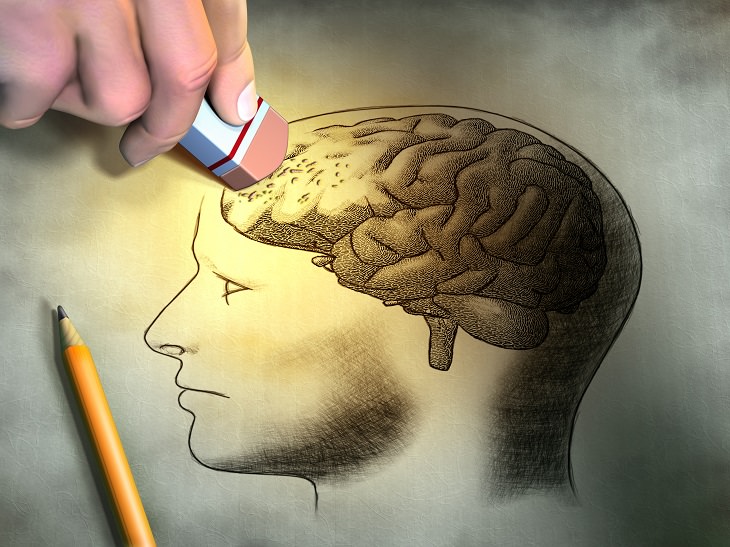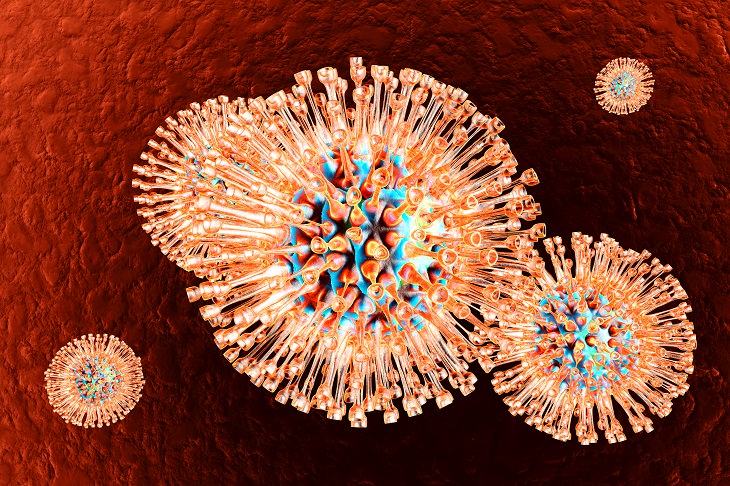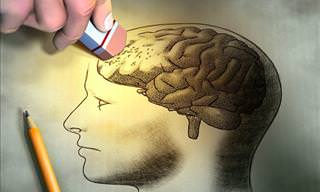We don’t know what causes Alzheimer’s, but with someone in the world developing the disease every three seconds, there’s a lot of research going on to try and find out.
A new study from the Icahn School of Medicine at Mount Sinai has reignited a controversial theory about what causes this neurodegenerative disease by studying the brains of people from three different brain banks.
The study found that the 622 brains from people who had signs of Alzheimer’s had twice the levels of the herpes virus present than the 322 brains with no Alzheimer’s signs.
Geneticist, Joel Dudley, one of the authors of the study, says that “we didn’t set out to find what we found. Not even close. We were trying to find drugs that could be repurposed to treat Alzheimer’s patients, but the patterns that emerged from our data-driven analysis all pointed towards these viral biology themes.”
The theory that viruses can contribute to the development of Alzheimer’s fire arose in the 1950s. It was hypothesized Alzheimer’s was a slow virus disease, where one or several viruses steadily degraded the neurological processes in the brain after decades of lying dormant.
However, in more recent years, researchers have leaned towards the amyloid hypothesis – where sticky plaques made from amyloid proteins accumulate outside nerve cells, or neurons, in the brain, potentially blocking or killing them.
But a study carried out in 2014 found that this theory might have been incorrect all along. The paper examined over ten years of clinical trials of drugs that targeted amyloid plaques and found them to have a failure rate of 99.6%.
Since then, the viral hypothesis has been given a new lease of life. The two strains of herpes that the researchers found were most strongly associated with Alzheimer’s were HHV-6A and HHV-7, which were not as prevalent in the brains of those suffering from other neurodegenerative disorders.
Dudley goes on to say that “I don’t think we can answer whether herpes viruses are a primary cause of Alzheimer’s disease, but what’s clear is that they’re perturbing networks and participating in networks that directly accelerate the brain towards the Alzheimer’s topology.”
Another potential possibility is that the two theories are both at work. It could be that viruses may in some way interact with human DNA and stimulate the growth of amyloid plaques. Researchers also found in the new study that the herpes viruses were involved in networks that regulate the generation of amyloid proteins.
While these findings help to potentially open the door for new therapies, nothing has changed about how to treat Alzheimer’s, said Sam Gundy, another of the authors.
Furthermore, HHV-6A and HHV-7 are very common viruses that often don’t have any symptoms. In fact, in North America, around 90% of children have at least one of the strains in their blood.
Kames Pickett, the head of research at Alzheimer’s Society, said that “similar to other studies in this area, while this is robust research, it could not prove that the viruses actually were responsible for the disease. It, therefore, doesn’t change what we already know about the causes of dementia, and it doesn’t mean that having cold sores puts you at an increased risk of getting it and people shouldn’t be unduly worried.
There’s bound to be a lot of different and complicated mechanisms at play in developing Alzheimer’s which is why it has been such a challenging disease for scientists to understand. However, the authors of the new study are hopeful that resurrecting the viral hypothesis can help them to explore new avenues.
“All these Alzheimer’s brains in these separate, major brain banks have previously unsuspected substantial populations of herpes virus genomes and that deserves an explanation wherever it falls in the pathogenesis. It doesn’t deserve to be brushed away,” Gandy said.
Source: sciencealert
Images: depositphotos
 Go to BabaMail
Go to BabaMail





















































